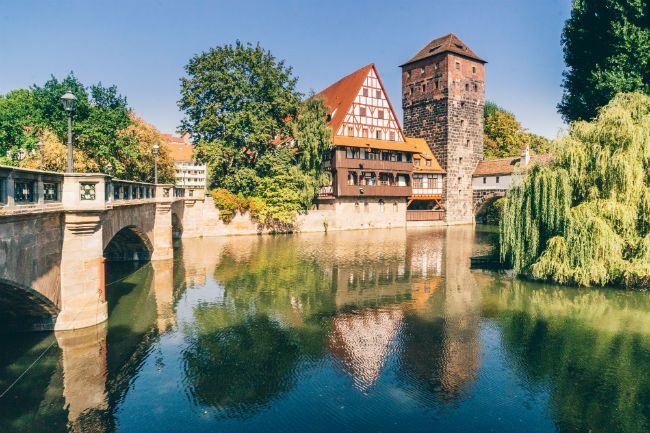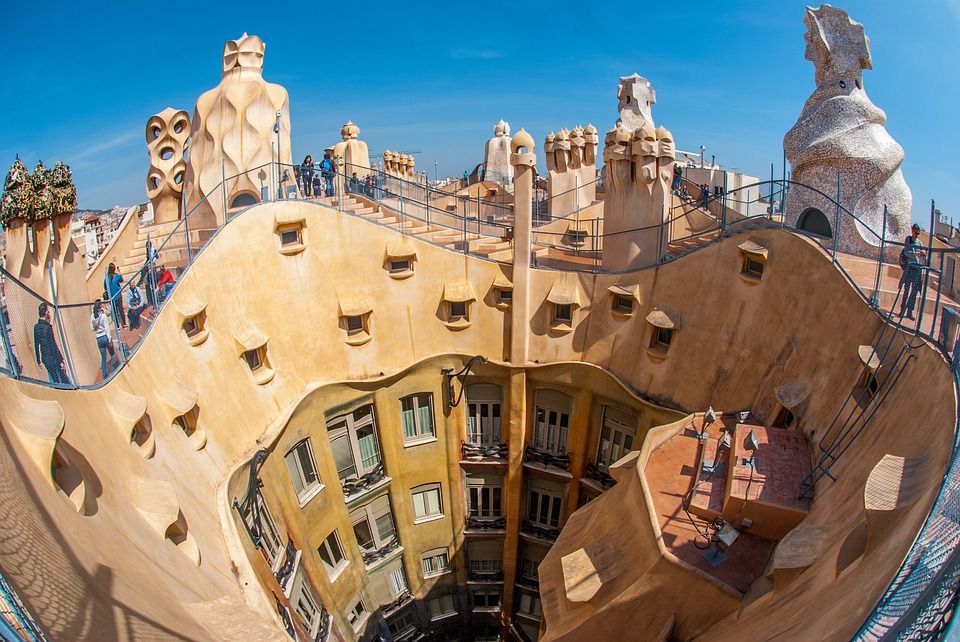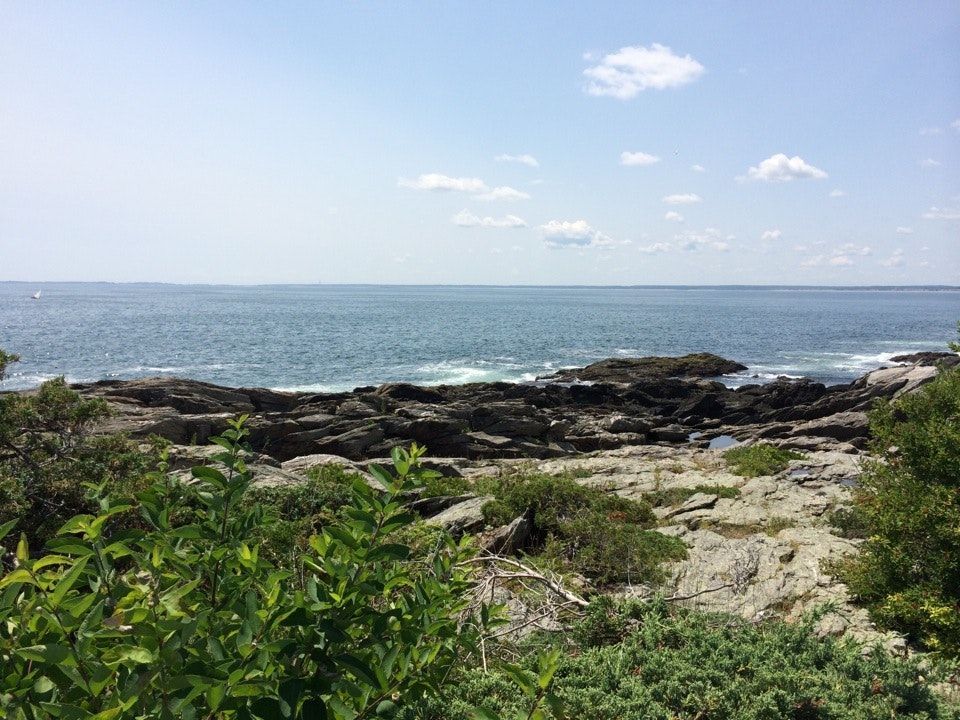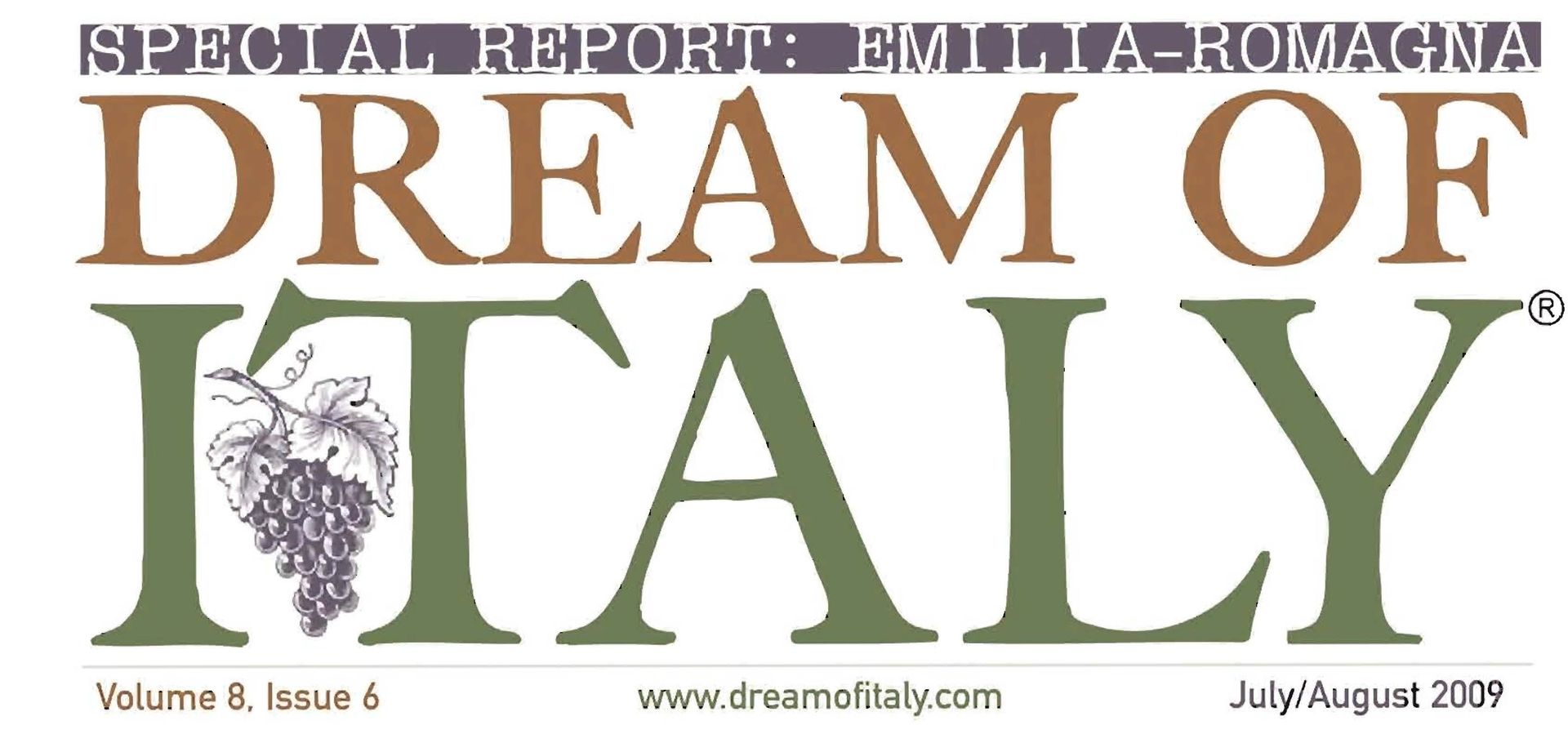Emilie's Blog
Blog Title

The Philadelphia Inquirer Our guide Krista held up a long, three-inch-wide ribbon of bull kelp, a sea algae, and squeezed open the bulbous end. “See the little dark spots. Crickets have decided to go inside and feed.”She told us that this type of kelp could grow up to five feet in a day and that conservationists had placed it at various spots to attract sea otters that have been disappearing from Puget Sound. Read Article

Inquirer.com In the past, I’d cringe when I heard the word cruise. I had visions of crowds, busyness, lines, brassy nightclub entertainment I dislike, stores, restaurants, and no time to reflect on the surroundings. I preferred traveling on the glasslike water of canals and rivers. “You don’t have to go on one of those big cruise ships,” said my friend Beth. “My ship had 148 passengers, and we were able to do lots of animal watching — just what you loved on your safari trip.” Emilie C.

Go World Travel Magazine Sipping the smoky beer rauchbier in a Bamburg cafe, sampling sausages and gingerbread on the Nuremburg town square, peering up at castles on the Rhine. Such were our days on a recent Viking Cruise from Prague to Paris. Viking’s “Cities of Light: Prague to Paris” cruise along the Main, Rhine and Moselle rivers enabled us to soak up European history without even realizing it. When we were not moving along on glasslike water, we strolled through ancient neighborhoods in Germany’s small cities. Read Article

On a recent trip to France, I was finally going to see Monet’s house and gardens, one of the most popular tourist sites in France. Monet lived there for many years with his large family, and often entertained artists, who came to set up easels and sketch. In fact, he is said to have started the “painting in plein air” movement. Over time, he put considerable effort to rebuilding the flower plots and bushes so that there would be the appearance of layers. As our visit drew closer, I began to think of “what-ifs.” Would it be pouring rain on the day we had chosen an excursion there? It was late October. Could a sudden frost kill the flowers in one of the world’s most highly acclaimed botanic gardens before we got there? Though it was misty—hood rather than umbrella weather and overcast for better photos—the colors of fall were in full splendor when we arrived.. Willow, Japanese cherry, apple, and maple trees hovered over shorter plants. Daisies, begonias, and dahlias, and other varieties stood up in bright yellows, purples, and reds. Bushes and trees had been planted to give the effect of levels of contrasting greens. The Nymphaeas, or water lilies, so prolific in his paintings, had slightly hoodwinked buds in their centers, as if ready for winter. However, they still floated elegantly in the streams and ponds. Monet had spent many years designing the acres of gardens, and at one point had even diverted a stream so the lilies would be accentuated. “You are seeing Giverny at an adult height,” said the guide as we entered the long pathway toward the house.”If you were to come in the spring, when the flowers have just been planted, everything would be on a child’s level.”

Discover Walking Tours, a tip supported company, offers three options: 1) Gaudi buidlings in Eixample; 2) Ramblas and the Gothic area; 3) and Picasso’s Barcelona in The Born, the medieval section. During our March trip to Barcelona we took all three, and found they were a great orientation to the city. The guides were knowledgeable and entertaining, and it was fun to converse with other travelers. On our first day we took the Gaudi Tour in the Eixample section. Eixample was built in the second half of the 18th century, when the city needed to expand north to accommodate an influx of people coming from small villages. Our guide met us at Batllo, Gaudi’s flamboyant house on Passeig de Gracia, one of the major avenues running north and south. Batllo is bedecked with jewels, actually shards of stone from ceramic factories in the surrounding mountains, has window panes in the shape of bones, and an embellished dragon, who’s been killed by St. George, lying on the roof. Our guide explained that the site had been owned by the Guelles, one of the prosperous families at the turn of the century. She explained how Gaudi embellished houses that were the plainer, more typical style. Had we passed by on our own we would not have noticed those outside details, nor would we have gotten tips on images to look for when we returned for a visit on our own. Casa Medea next door had almond shaped windows; its owner, a chocolate maker, was was aptly nicknamed “Mr. Almond.” As we wove around the back of Battlo and crossed back to La Pedrera, another Gaudi House on Passeig de Gracia, we learned more about the architecture of the city, the differences between Spanish and Catalan languages, and the corners with prominent beer and wine bars. Pedrera had balconies like waterways flowing into the rocks, and chimneys like masked men (see picture at upper left). At the Diagonal Zero subway stop our guide pointed north and told us not to miss Guelle Park with its mosaic terraces and the Gaudi Museum. We went down under, got on the train, and exited at the next stop: Sagrada Familia, Gaudi’s phantasmagorical cathedral that may be finished within the next twenty years. At the end of the tour, we could walk east to the water, walk west to Passiag de Gracia, or north to Guelle Park. The map was making sense now. The Ramblas and Gothic area and the Picasso Walk through The Born were equally informative and fun. We may not have found the Museum of the City, the ancient Roman city of Bacino, which is located under the main cathedral, had it not been for the walks. It’s by far one of the best archaeological museums I’ve ever been to. https://www.discoverwalks.com/tour/city/barcelona-walking-tours/ (NOTE: Make sure to tip because that is how the company keeps going. Other walking tours run between $10-$15 and upwards.

If you’re going to Peru to visit Macchu Picchu, or Cuzco, or to catch a plane to Iquitos, the center for travel in the rain forest, don’t ignore Lima, the largest city in Peru, which spreads out over several valleys, and has a population of 10 million. Before the trip we had a list of twenty places we wanted to visit in four days. After we arrived, we realized that we’d have to pare down the list. Lima had many distinct neighborhoods: Central Lima, the historic district; Miraflores, the hotel and restaurant district; Barranco, the bohemian section, to name a few. Here are some highlights. We stayed at the Tierra Viva Miraflores, a lovely, small hotel on Bolivar Street where the staff was extremely helpful any time we had a question. They arranged taxis, called restaurants–most within a few blocks–to see if there were openings, and were quick to do computer research on places we wanted to visit. Don’t miss eating at Punto Azul, the homey cafe with freshly made Peruvian/International food right around the corner. We felt safe walking around Miraflores day and night. One mistake we made: we did not book restaurants recommended by friends ahead of time, and when we arrived they did not have places open. If you go, check for recommended Lima restaurants–Miraflores is the restaurant area–on Trip Advisor, and book several weeks before the trip. We still had many good meals, however. We’d been advised to book a guide to take us around the city, but at the last minute decided to wing it and take taxis–comparatively inexpensive in Peru– from our hotel to different districts. That proved to be a good decision, though a native guide may have helped us delve more into the Peruvian culture. Huaco Pucllana is a ruin right within the city–a huge pyramid made of platforms. Huaca is the word for shrine, and Pucllana is a Quechua word for place where human sacrifices were performed, It was used by both the Wari and Lima residents from 200 A.D to 700 A.D. An ongoing excavation, it has cemeteries, and places where human sacrifices were offered to the gods. The small museum has ceramics, mummies, and textiles on display, and a restaurant with very good Peruvian dishes overlooks the site. We ate there after the tour and took photos from our table. After touring the buildings on Plaza Mayor, the main square of the historic district, we visited the Casa Aliaga, the oldest house in Peru, and owned by the same family for over 400 years. It’s located at Jr. de la Unión 224, right off the main square, and across from the Presidential Palace (see photo of entrance to the left, and interior courtyard below). It was well worth the effort to find it: Casa Aliaga, is a beautiful example of Spanish Colonial architecture. Don’t miss the Larco Museum of pre-Columbian art, an 18th century building erected over a 7th century pyramid. In addition to being famous for its erotic pottery, it has a large section of gold and silver jewelry. Reproductions are sold in the elegant museum shop. Plan to eat at the excellent outdoor restaurant.

The highlight of a recent trip to Maine was the Winslow Homer Studio, which sits on a hill at Prout’s Neck, and above the rocky coast that often appears in his paintings. As we walked along the path overlooking the sea and heard the commentary of the knowledgeable guide, I gained a much deeper understanding of his life there. The Portand Art Museum has a tour that takes visitors in a minibus from the museum to the site. By the way, don’t make the half-hour drive from the city expecting to gain admission. Also make reservations several weeks ahead of time. Only those with a registered group are allowed onto the grounds. Before the excellent narrated tour, all I knew was that I was enraptured with his paintings of boys managing sailboats in the fierce waves. By the end of the visit I had learned a lot more about the dimensions of his life. The waves were choppy on the day we visited, but not turbulent as in many of the paintings. It was easy to imagine him sketching at an easel on the rocks or up on the rooftop. His ladder, or a facsimile, still stands propped up outside a second floor window. Inside, the studio is furnished sparsely, in the manner he lived. Treasuring solitude, he facetiously drew scary signs on the mantel of the fireplace. Those images remain. Displays of family pictures and articles illustrating his life are spread about for visitors to read. The wooden caned couch where he napped is still against the wall. His tiny bedroom is now used by staff. Though the room is no longer filled with easels and paintings, there is a palpable sense of an artist at work. Homer worked in New York City as a magazine illustrator for many years before he came here and worked fulltime as an artist. The studio had been the carriage house on his family’s property. https://www.portlandmuseum.org/homer

Dream of Italy. A World Heritage Site in Emilia-Romagna, the medieval and Renaissance city of Ferrara has excellent food, art, and architecture. And music year-round — in fact, Ferrara and its bigger sister Bologna, 27 miles to the southwest, are known as northern Italy’s Musical Cities. Read Article.

Though I live three hundred miles away from Maine in Philadelphia, I love vacations in Maine. In the past, I’ve neglected to visit Portland because I’m anxious to get further north to lakes near Camden. This past August, we actually stayed right downtown so we could take the Portland Art Museum’s trip to the Winslow Homer Studio on Prout’s Neck. You have to leave from the museum in a minibus with a guide, and the tours are offered in the middle of the day (reservations required; calling ahead is necessary). Much to our delight, we discovered that Portland is one of America’s most lively small cities. In summer, the main street is filled with people having a good time in the clear night air. We had one of the the best lobster rolls on the trip at Portland Lobster Company at 10 Commercial Street, and one of the best lunches at Green Elephant at 608 Congress Street. They specialize in stir fries and curries. We stayed at the Hyatt Place Portland Old Port at 433 Fore Street, which was in convenient walking distance to restaurants and the museums, and has great breakfasts included.

